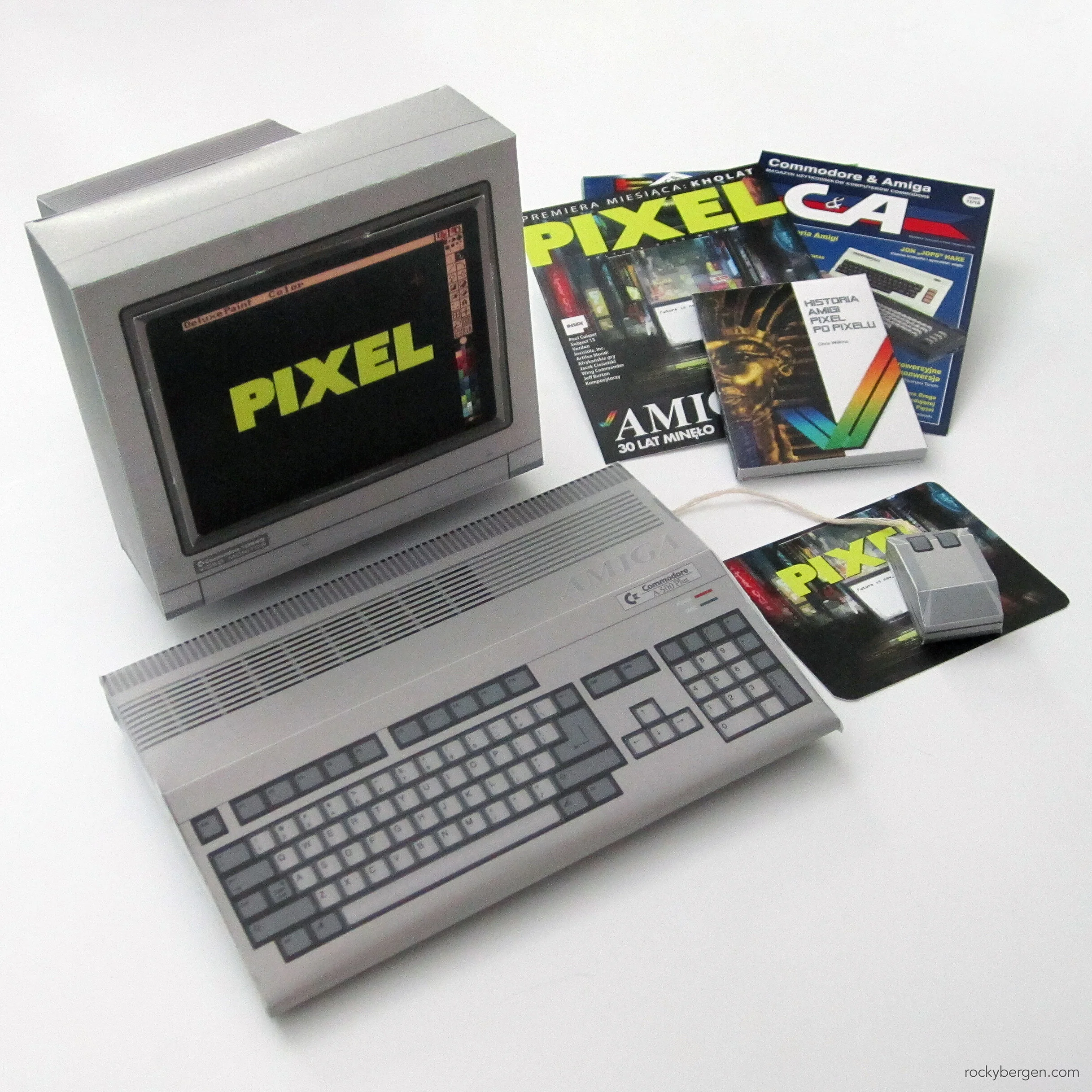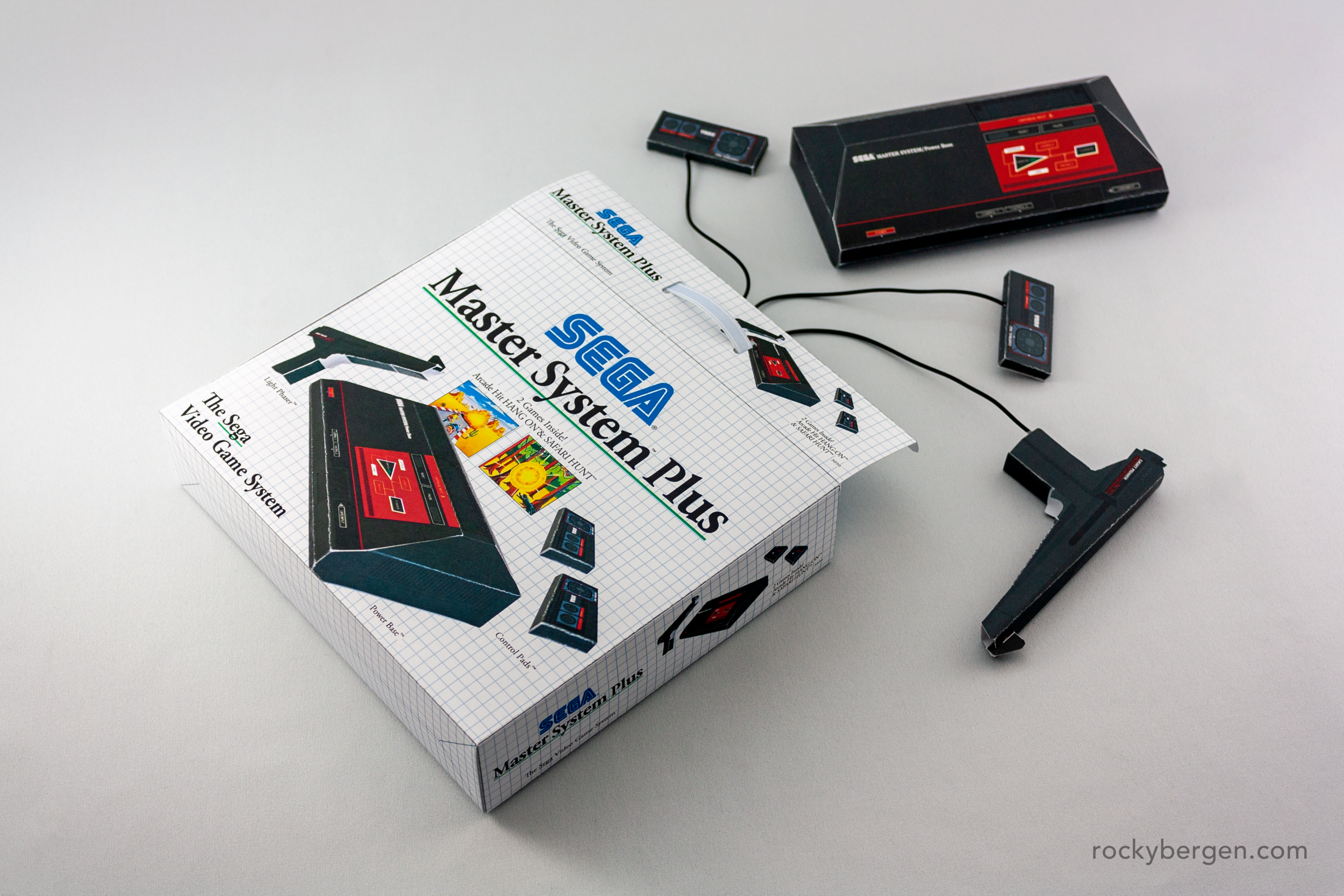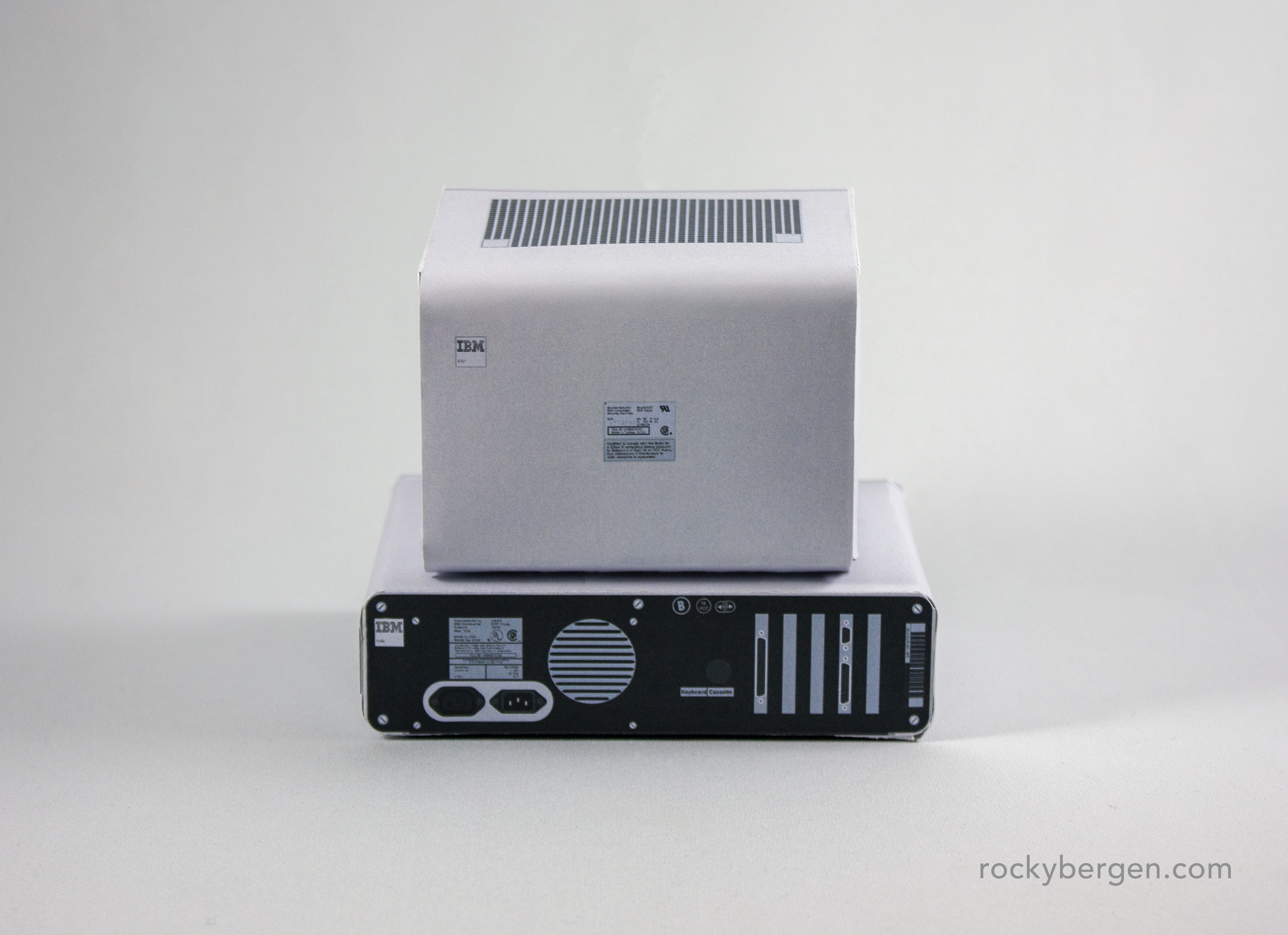I am a fan of tiny portable handhelds, and one if the coolest and smallest, is the Arduboy, a 1-bit miniature game system. It’s the size of a credit card and features this impossibly crisp display. I bought a Arduboy a long time ago and still enjoy playing around with it today. I have also been making mock Arduboy game graphics for a years and I guess I saw this project as a chance to combine a number of new skills and interests with some legacy designs and assets to see what would come of it.
The Arduwatch is an imagined “fantasy” product design that combines the screen and internals of an Arduboy with the form factor of a wristwatch. The Arduboy’s form factor and further reduced by eliminating all but the systems directional buttons. I imagined different games and applications that could work with this reduced control set.
As an aspiring watch designer, my hope is this design would resonate both with vintage tech and a watch enthusiasts alike.
Arduwatch - Brights Line - Slime and Pink
Arduwatch - Black (Brights), White (Naturals)
When the design was complete, I started to play around with different colourways. The Naturals Line features muted Autumn and Winter tones inspired by nature. The Brights Line is about 90’s toys and youthful energy. Each palette combo pairs beautifully with the super sharp high contrast Arduboy display.
Arduwatch - Green Detail - BC’s Quest for Tires.
This design was modelled using a combination of Fusion 360 and Cinema4D. These images were rendered using Adobe Substance Stager. I prefer Fusion’s geometry for building solid surfaces but I am more familiar with Cinema’s interface and toolkit for any finessing that may need to be done. Cinema also seemed to be the logical choice when it came to creating a flexible strap (one can only avoid the beginner’s modelling traps for so long). My computer is not really powerful enough to handle Substance’s requirements and “too much” model geometry causes some very glitchy behaviour. This is not the end of the world, I can still concentrate on building better, more viable models, though the output quality may need to be adjusted.
Arduwatch - Naturals Line
Orange Detail - Casio Homage LCD
Pink Detail - Tamawatchi
Arduwatch - Brights Line
I hope you enjoyed having a look at this Arduwatch design. I had a great time with this concept and I might even revisit it again another time. Do you have an Arduboy? Would you wear an Arduwatch? Do you recognize any of the games on the watches? What games would you add? Any colour combos? Let me know in the comments below!









